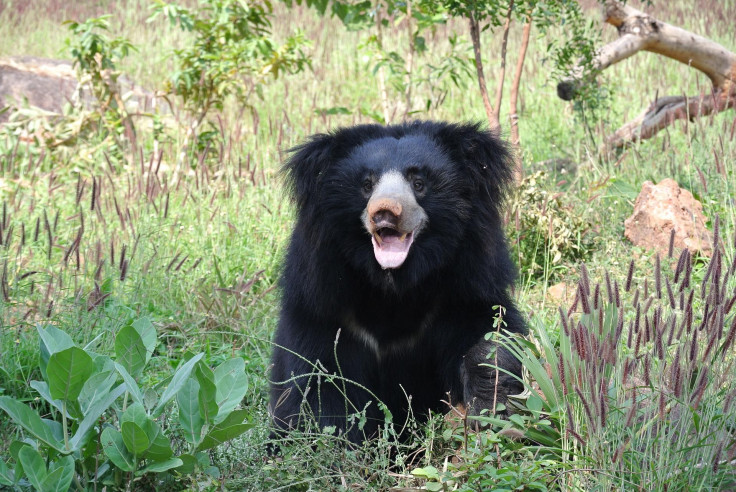A photo of a rock formation that looks like a martian teddy bear was taken by NASA's Mars Reconnaissance Orbiter.
A release from the team analyzing the image asked whether there was a bear on Mars.
HiClip: A Bear on Mars? (narrated by Tre Gibbs) https://t.co/okp2Ka1031
— HiRISE: Beautiful Mars (NASA) (@HiRISE) January 25, 2023
NASA/JPL-Caltech/UArizona#Mars #science pic.twitter.com/Gk88yfHhlK
It made scientists wonder if it was a bear as the resemblance is uncanny in the image that was taken on Dec. 12, 2022, reported Business Insider. Even though the image was taken last month, it was shared on Jan. 25 by The University of Arizona (UA). It has two beady eyes, a button nose and an upturned mouth, which looks like it is grinning at the camera of NASA's Mars Reconnaissance Orbiter (MRO), reported LiveScience. According to UA, the image of an uncanny assortment of geological formations was taken as the MRO cruised roughly 156 miles above Mars.
A statement posted on UA's High Resolution Imaging Science Experiment (HiRISE) camera blog said that it's likely a broken-up hill in the center of an ancient crater. Thee statement read that there is a hill with a "V-shaped collapse structure (the nose), two craters (the eyes), and a circular fracture pattern (the head)." According to the statement, the circular fracture pattern might be due to the "settling of a deposit over a buried impact crater." The nose of the so-called bear could be a volcanic or mud vent and "the deposit could be lava or mud flows."
The Mars Reconnaissance Orbiter, which is a satellite that was launched in 2005, has so far provided groundbreaking science on its mission. But it and other investigations have also been a source of light entertainment in the form of funny space images.
Human brains have a tendency to look for recognizable shapes in what they see which is a phenomenon known as pareidolia. For instance, in 2019, the Mars Reconnaissance Orbiter spotted the "Star Trek" logo on the Red planet. Others noted that a zoomed-in image from NASA's Mars rover showed alien crabs that were ready to pounce on your face. It was of course discredited by NASA. Some even said that they had spotted the face of late Indian freedom fighter Mahatma Gandhi on the Google Mars map.
The most popular example of pareidolia is the "Face on Mars," which was a photo clicked by NASA's Viking 1 spacecraft in 1976. The shape, which looked a lot like a human face, led to many conspiracy theories. But when NASA got closer, the enigmatic face turned out to be a ridge.

© 2025 Latin Times. All rights reserved. Do not reproduce without permission.





